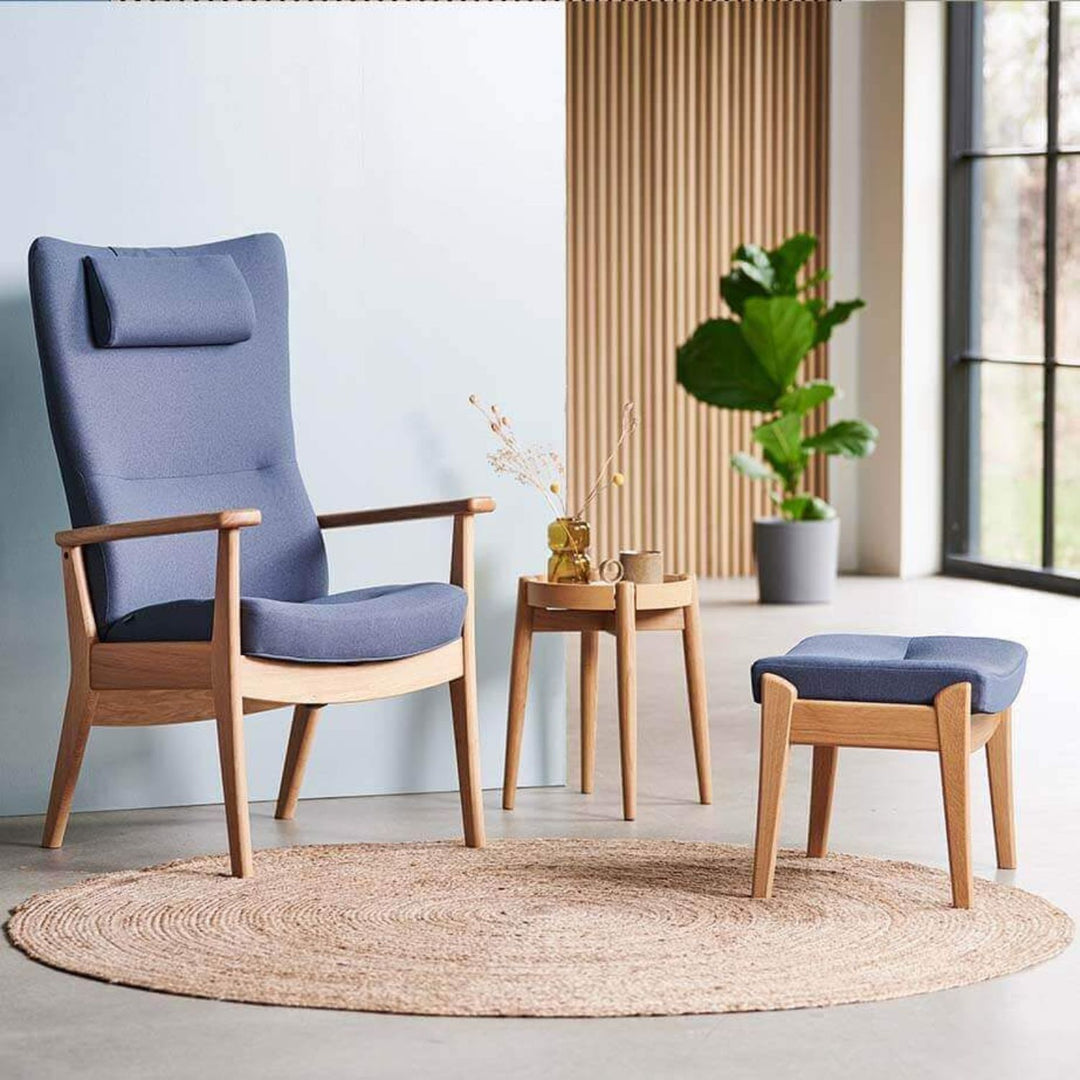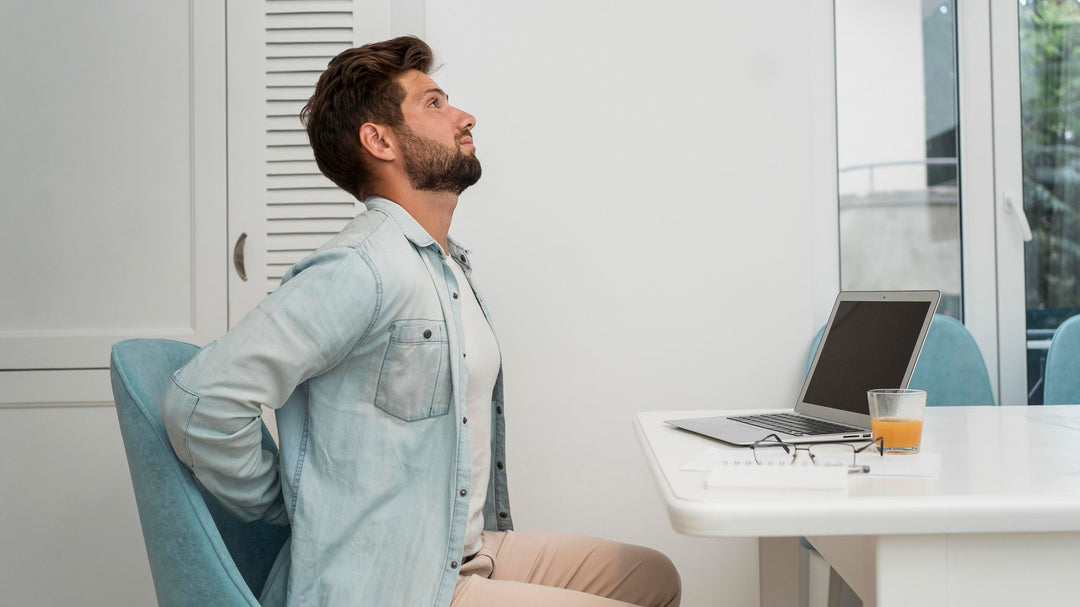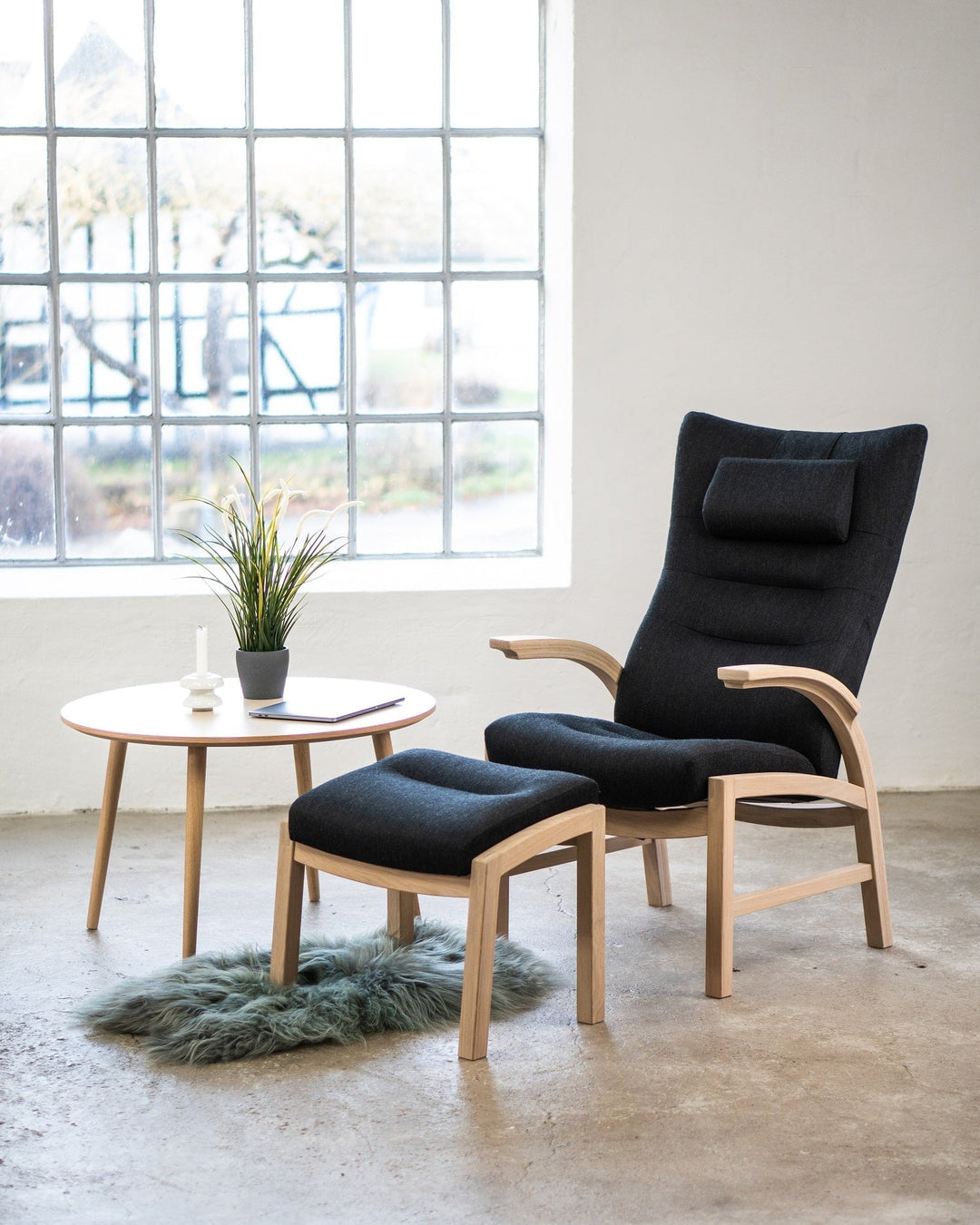
7 signs you need a new chair – and how to choose the right one
When is a chair really out of service?
Most of us only think about replacing our chairs when they start to look worn out – when the fabric is frayed, the wood is scratched or the seat starts to creak. But our bodies have often been sending us signals long before that. Without even thinking about it, we can adapt to a chair that no longer suits our body or needs. We sit incorrectly, move more, tense up – and we may only notice it when our back hurts or we feel uneasy.
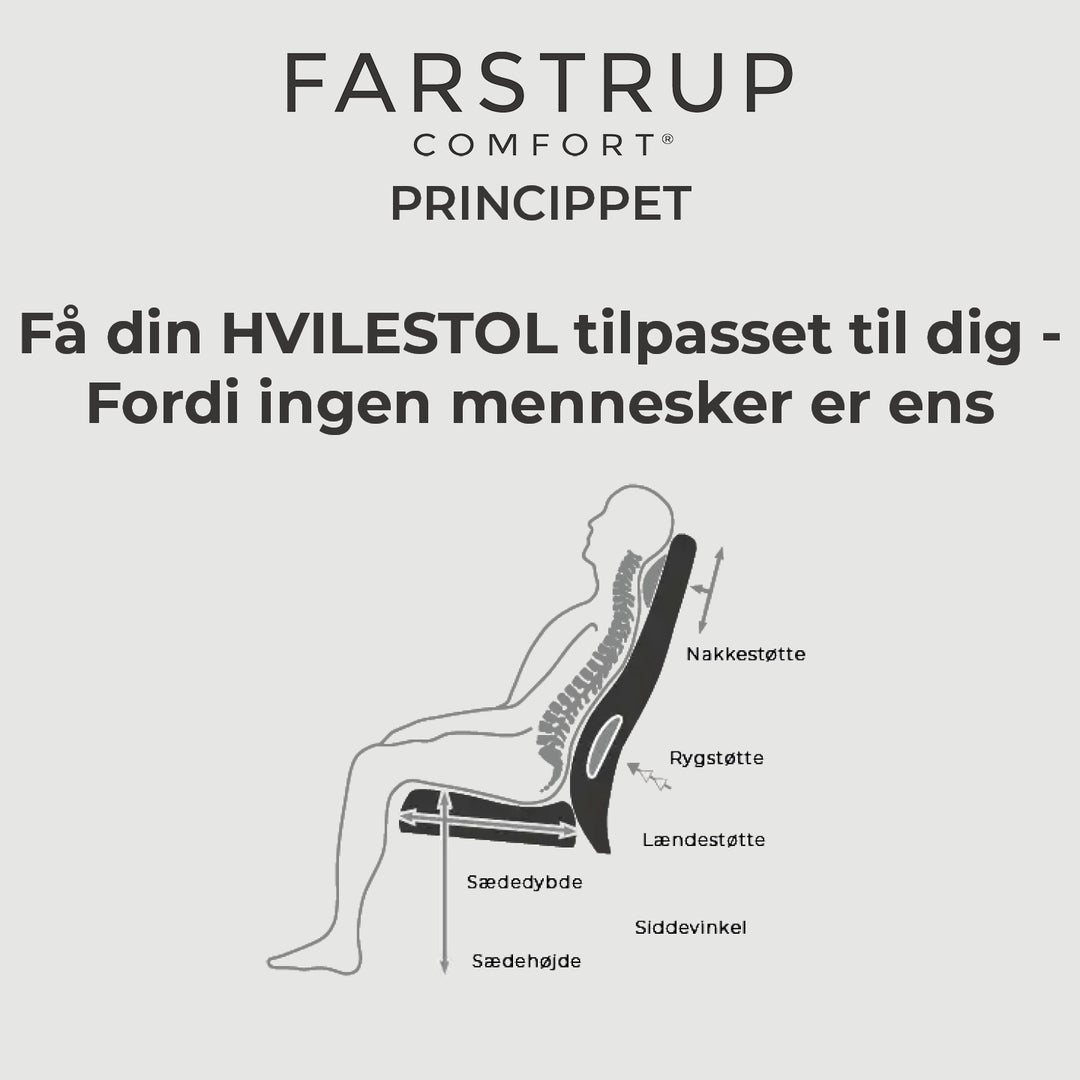
1. You experience frequent back pain and lower back pain
A chair without proper lumbar support or with an incorrect seat angle can put more strain on your spine and lower back than you think. When the body doesn't get support where it needs it, tension starts to build up – and this is clearly felt in the form of lower back pain , especially if you sit for long periods at a time.
It may start as a tired back after a long day—a sensation you ignore because it’s “just how sitting feels.” But over time, this fatigue can develop into muscle tension in your back and actual back pain . It’s often a sign that your chair is no longer supporting your body properly.
Read more about how to ensure a healthy sitting posture in our guide to ergonomically correct sitting posture .
2. You get restless legs or tension in your body
Restlessness in the body often starts in the legs and is typically caused by the chair not allowing the blood to circulate freely.
If you sit in a chair where the seat presses on the back of your thighs, or your legs are not in a natural position, it can cause discomfort in your body after a short time. It may start as small adjustments – you move your legs, tilt your foot, shake your thighs – but it is your body's way of telling you that something is not working.
Improper leg position and lack of support can cause tension in the body as the muscles work to compensate for an unbalanced sitting position. Blood circulation is impaired, which can lead to discomfort, tingling or restlessness in the legs – especially if you sit for a long time.
A good chair should allow for natural movement, relieve pressure points, and ensure that your legs are neither too bent nor hanging freely in the air.
3. You have difficulty sitting for long periods of time
If you are constantly changing positions, getting up frequently, or experiencing discomfort, it is a clear sign that the chair is not supporting you properly.
When the padding is too thin or does not distribute the weight evenly, the body quickly starts to compensate – and this can lead to muscle tension in the back. Especially if the seat does not allow for a natural and relaxed posture over a long period of time.
The possibility of movement plays an important role here. A static chair locks the body in place and increases the strain on the back and lower back. A recliner with a tilt function, on the other hand, allows you to change position and relieve the body on an ongoing basis – and this makes a significant difference if you sit a lot during the day. For more information about choosing and using recliners, visit Hjælpemiddelbasen's guide to recliners .
Consider a model from our range of recliners if you need better support over a longer period of time.
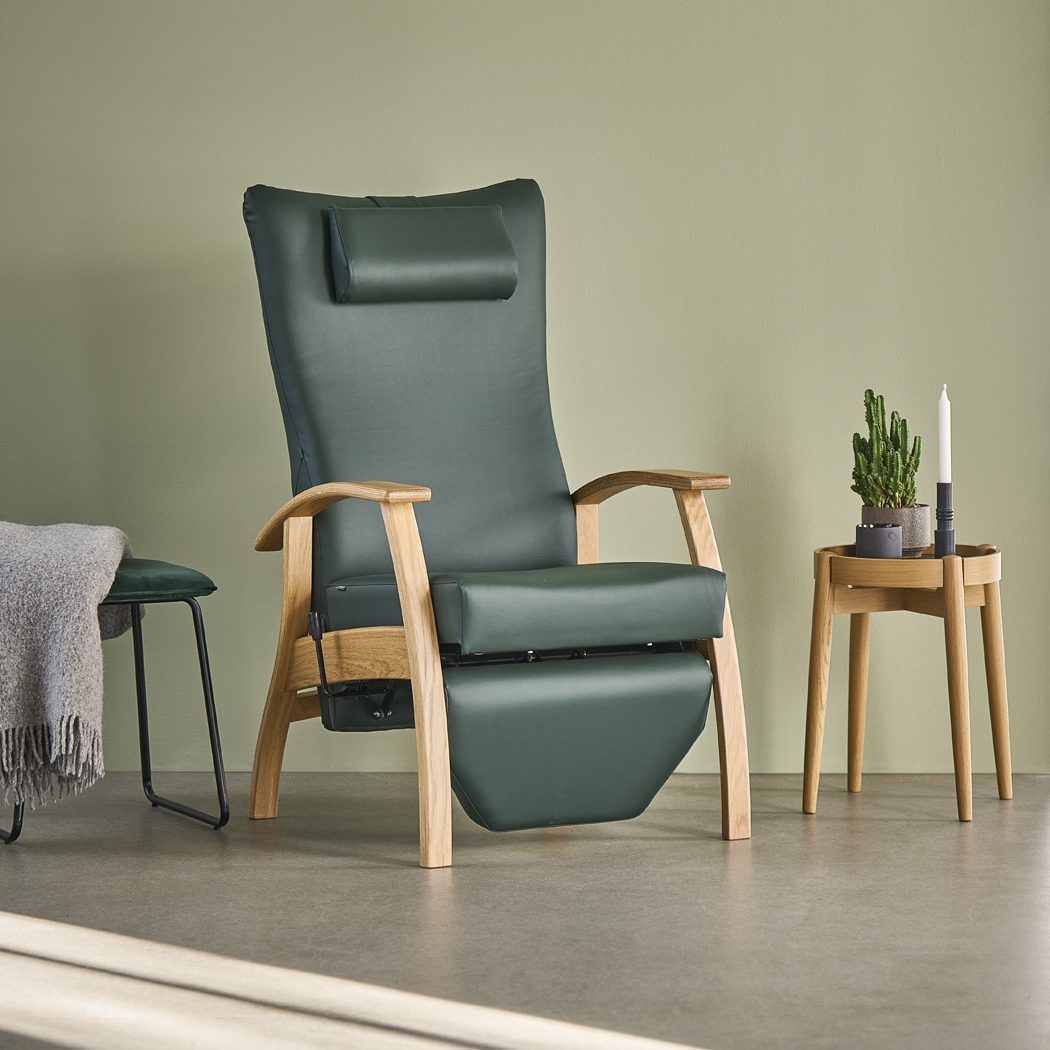
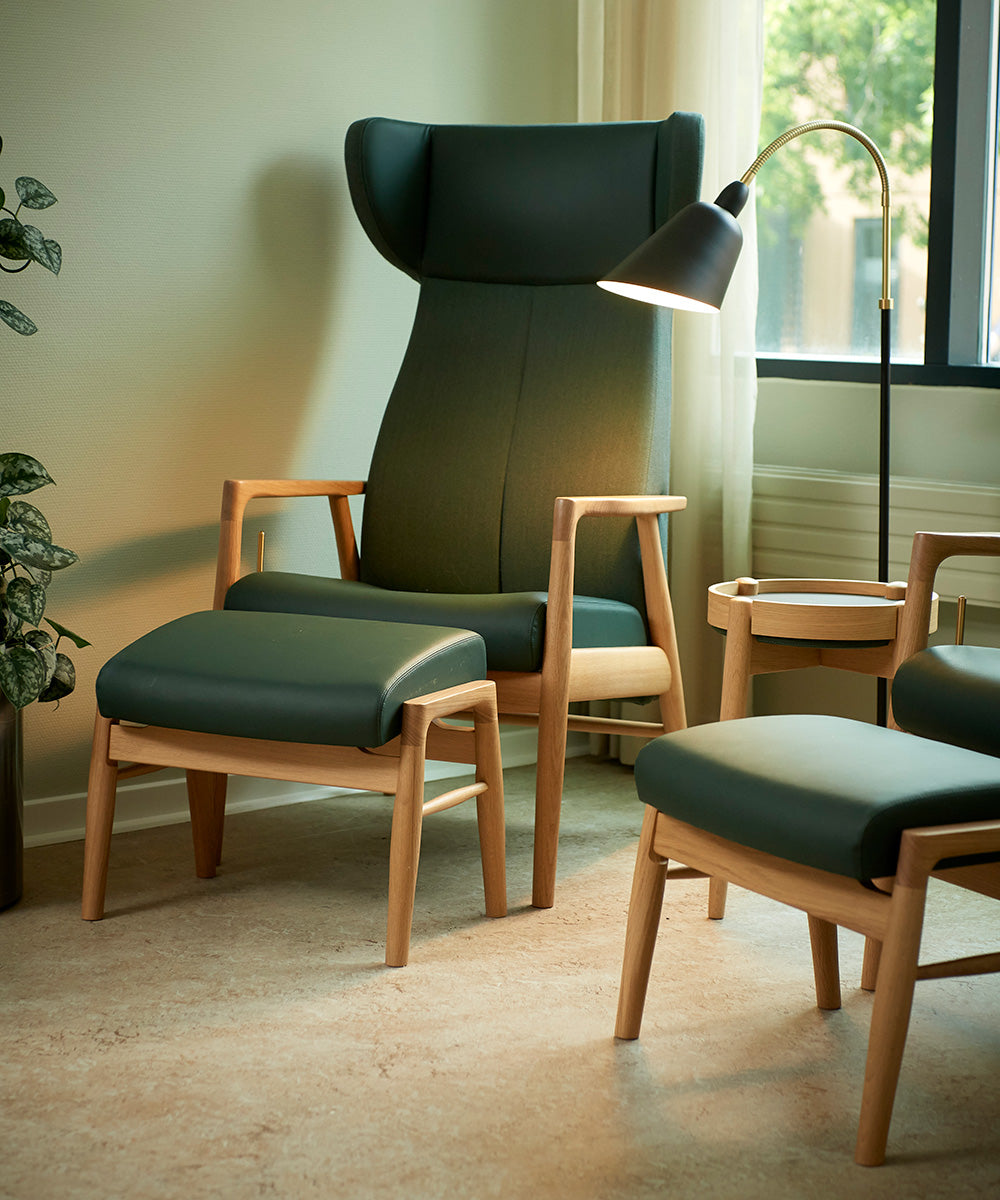
4. It has become more difficult to get up from your chair.
If it takes several attempts – or extra effort – to get out of the chair, it's time to consider a new one.
With age or reduced mobility, the function of the chair becomes more important than its appearance. A chair that is too low or soft without firm armrests can make it unnecessarily strenuous to get up. This is especially true if the chair lacks lumbar support and does not have a seat height that matches the user's needs.
A good recliner chair has precisely the features that make that part easier:
- Fixed padding
- Ergonomic back
- Angled armrests that give you something to push off with.
The seat height should be high enough that your knees do not come above your hips – this makes it easier to activate your legs and core when you have to stand up.
See our selection of otium chairs with optimal lumbar support and comfortable seating height.
5. You don't sit naturally – but are constantly adjusting
If you are constantly shifting around, putting pillows behind your back, or changing positions to find peace, the chair is not right for you.
A chair should support your body – not require your body to adapt to the chair. If you often experience a forward-slung posture, a tense back or feel the need for extra cushions, it is a clear sign that there is a lack of lumbar support. This can lead to imbalance in the body and increased strain on the back and shoulders.
Several of our armchairs are equipped with adjustable lumbar support, which ensures that you sit naturally – without having to compensate. This provides peace of mind for the body and relieves the entire musculoskeletal system for longer periods of time.
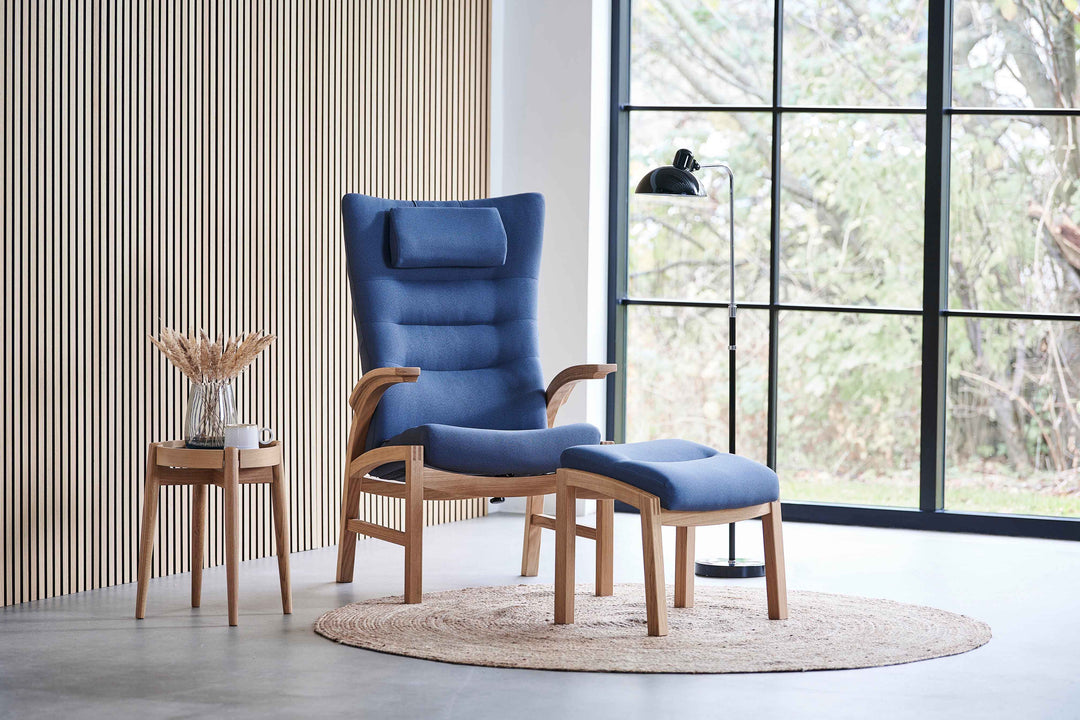
6. You lose concentration quickly when you sit down
A chair that doesn't provide proper support can steal your attention – without you realizing it.
Poor comfort not only affects your body, but also your ability to stay focused. When you're constantly shifting around to find a comfortable position, you're wasting energy on the discomfort instead of what you really want to do – whether it's reading, having a conversation, or getting lost in work.
Research shows that chairs with inadequate ergonomic support can significantly reduce concentration and productivity because physical discomfort affects our ability to maintain attention for longer periods of time.
It's about combining physical comfort with mental peace. A chair that supports your body properly helps you sit longer – without restlessness and without being distracted by minor annoyances.
Are you unsure which type of chair best suits your needs? Read more about the differences between armchairs and recliners here .
7. The chair no longer matches your needs or lifestyle
When life changes, the chair should follow.
What was once a good chair is not necessarily the right choice today. Needs change – the body gets older, mobility changes, and everyday life has different demands. Maybe the chair has become too low. Maybe you lack lumbar support, or maybe the style no longer fits into your home.
It's only natural that ergonomics and comfort need to be adjusted as life goes on. A chair shouldn't just look good – it should fit your everyday life and support you where you need it. And fortunately, there are many options today to choose a chair that matches your needs, both functionally and aesthetically.
Maybe you lack lumbar support, or maybe the style no longer fits your home. In those situations, the choice of material plays a big role – whether you choose fabric or leather, oak or beech. You can learn more in our complete guide to choosing materials in armchairs.
How do you choose the right chair?
When you need to find the chair that suits you, it's not just about looks - but about function, comfort and quality in everyday life. At Farstrup, we build on proud traditions of Danish craftsmanship , where each chair is made with care and precision. Our furniture is not mass-produced, but tailor-made solutions created for the individual.
We believe that a good chair should be more than just a piece of furniture – it should support your body, fit your home and last for many years. That's why we never compromise on ergonomics, aesthetics or durability.
Want to try a chair at home? Read more about our Chair Bus here . You can also visit one of our many dealers and get professional guidance.

Take your body's signals seriously
A chair doesn't have to be worn out before it needs to be replaced – because often it's your body that says no first. Back pain, tension and restlessness in the body are not just random annoyances. They can be signs that you're sitting incorrectly and that your chair no longer matches your needs.
That's why it's important to listen. Take the time to find the chair that suits you – and give both your body and your everyday life the support it needs.


